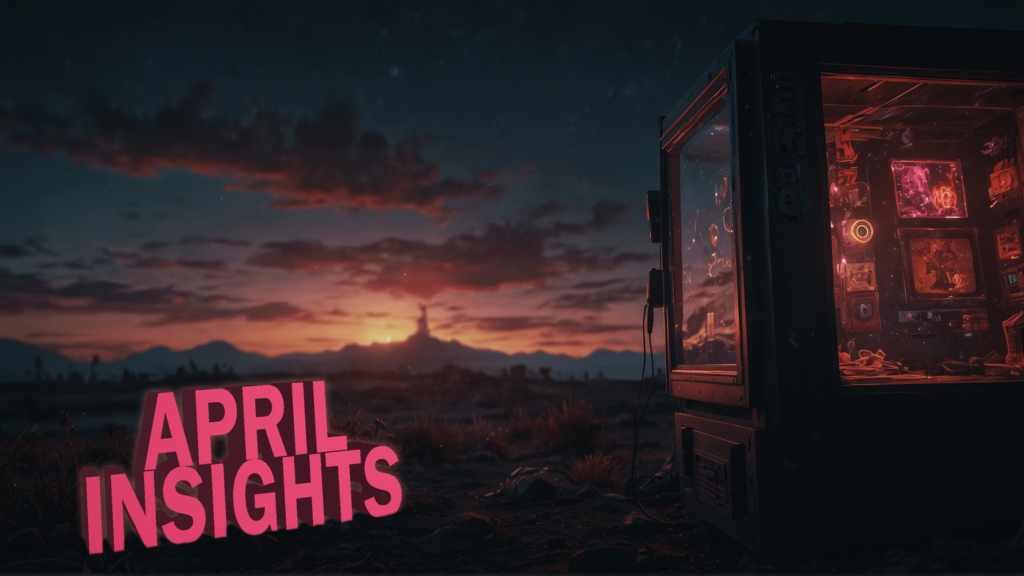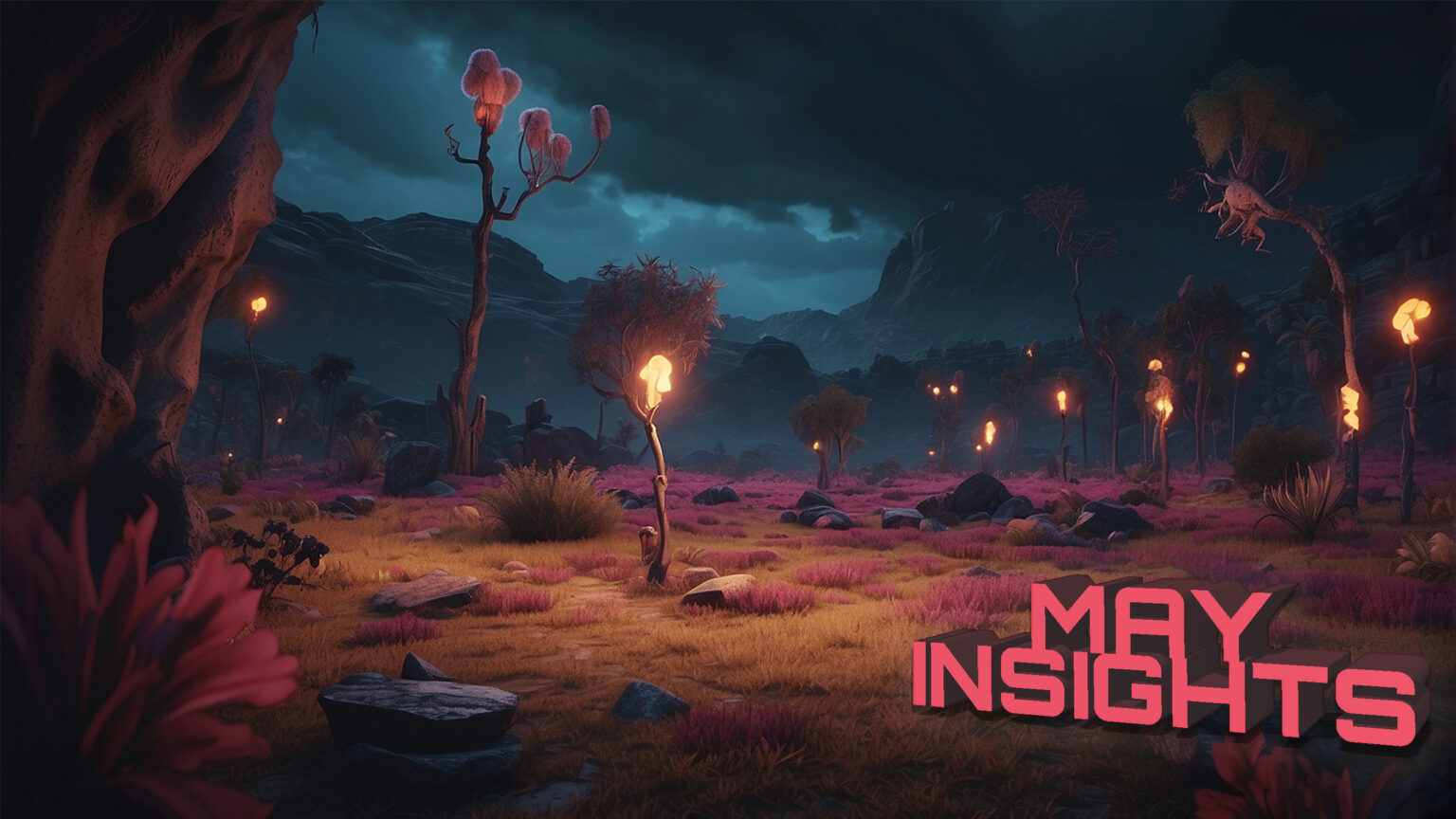Ever wondered how your favourite video games come to life?
Join us on a thrilling journey as we unveil the secrets of game development.
In this blog post, we will clarify the complicated process of transforming a simple idea into a fully immersive gaming experience. Learn about the crucial steps involved, such as creating a compelling storyline, designing characters and environments, coding game mechanics, and testing for bugs and glitches.
Get ready to unlock the secrets behind your favourite games and gain a deeper appreciation for the art of game development.
Before we start talking about game development, you should know that games differ in art, gameplay and game mechanics etc.
Don’t be afraid of starting the journey of developing a game on your own. Now developing a game solo is more than a trend—a dynamic ecosystem reshaping the gaming industry. Opportunities await passionate programmers and artists like you, eager to discover a unique space in this bustling market.
If you are a new game developer that wants to create a game or want to be one, you have to have a unique idea that refuses to be ignored. Your journey involves more than passion—it requires a lot of planning and consistency. Consider breaking down your game concept into manageable milestones, setting easy goals, and creating a roadmap to guide you through the complexities of development. If this spark has yet to come to you, try spending undistracted time thinking about game ideas.
First thing first, before you start doing anything you have to pick an engine (platform) like Unreal Engine 5, Unity and Godot. By picking the engine, you have to start learning how it works and learn its features; nowadays there is a lot of features and add-ons that facilitate the journey for you.
Once you pick the engine and know how things work you have to decide whether you want to develop a 2D or 3D game. In 2D games, many drawings are involved to make your project, in 3D games, you have to model your assets in programs like Blender or buy ones from markets on the internet that suits your game project. Buying assets online might cut the time of the developing phase which we will talk about later on, but it will cost you money and you might do some tweaking to make it fit in the game that you are developing.
Now with you knowing a little bit of what you need to produce a game, you should know the steps/stages of a Game Development.
The game development process, a brick in building an immersive gaming experience, is structured into different stages. Each stage serves as an essential checkpoint that ensures the game is progressing towards its envisioned success. The game development process consists of five primary game development stages: pre-production, production/development, testing/quality assurance, pre-launch, launch and post-production maintenance.
Pre-production:
The first stage in the game development process is pre-production. In this phase, all the documentation needs to be written down for the entire game development. It involves brainstorming ideas, conceptualising gameplay mechanics, and drafting preliminary designs. This stage is very important as it sets the vision and direction up to the end of the game development process, ensuring that all following stages align with the game’s core objectives.
In this phase many things are going to happen, that is why it requires a lot of time spent on brainstorming and data collection for the envisioned game/product.
This stage consists of many sub-stages that need to be tackled down. They are 8:
- Market and competitor analysis
- The target audience
- Choosing a platform
- Concept art
- Allocation of resources
- Type of monetization
- Risk analysis
- Marketing strategy
Once these sub-stages of a game development are tackled down and complete. The GDD comes after.
What is a GDD?
It is where the documentation that has been mentioned previously comes into place.
Game Design Document (GDD) are essential in the development of video games. This document outlines every aspect of the game design on a high level — what is the game, why is it fun, what does the player do, where does the game take place, what are the core mechanics, what do the enemies do, what is the challenge, etc. In the video game pre-production, create high-level GDD with examples. It should sell the game to the investors or the rest of the company, describe the core game loop, and mechanics, and give an idea of what the game will be.
This document serves as a backbone for any game that is being developed or as a solo project. It helps the process with a blueprint for the design and development of a game and is a way to document the development of that project. GDD is a very common tool that is used among game developers to add and edit notes and ideas for the game.
Production:
Production is the longest and most important stage of game development. This is where the time and money will be spent, and your game truly starts to come to life. This involves creating the game’s assets, programming the game mechanics, designing levels, and creating sound effects and music. The team will also test the game regularly to identify and fix any issues. As the most prolonged and labor-demanding phase within the game development, further subdivided into smaller yet important game development stages.
- CODING THE GAME MECHANICS AND FEATURES
- CREATING 3D MODELS, ANIMATIONS, AND ASSETS
- DEVELOPING LEVELS AND ENVIRONMENTS
- INTEGRATING AUDIO AND VISUAL ELEMENTS
Testing:
During this stage, the team working on the game project tests the game thoroughly, looking for any gameplay issues, glitches, or crashes and works on the process called feature freeze. The team should also collect feedback from testers and make changes accordingly. Those actions help to ensure that the game is stable, fun to play, and ready for release.
Three of the most common problems that you have to solve are:
- PERFORMANCE TESTING AND OPTIMIZATION
- REGULATORY AND COMPLIANCE TESTING
- BETA TESTING
Pre-launch:
As the game approaches launch, a final testing round is done to ensure that no bugs or issues are left. This guarantees that the game is as polished and bug-free as possible before reaching the players. The development team works diligently to address any issues identified during this phase, maintaining a focus on delivering a high quality, stable product.
In this stage, three critical things are taken into consideration for a successful game.
First thing among the three comes Marketing. Intensive marketing and promotional efforts are made to build foresight and awareness about the upcoming game.
Second thing comes a Support System. Where the team sets a customer service and FAQs for players’ anticipations.
Third thing is engaging with the community. Where the real feedback is given from the community players to make the last changes to the game before launching.
Launch and Maintenance:
Every stage in the game development process plays a critical role, but few are as exhilarating as the launch phase.
This is the moment where the game is released to the public, making it available for players to purchase, download, or access. It marks the completion of the development journey and the beginning of the game’s debut in the market.
Here the game is finally uploaded on one or multiple platforms like steam, Epic Games Store, app stores for mobile games, or console platforms (xbox, playstation)
For the maintenance part a developers team addresses the post-launch bugs and monitors player feedback.
This blog provides insights into the overall phases of the game development process; it is good to know that we covered a small part of the process, as it differs from project to project.
If you would like to know more about the process or want to transform your idea into a game, please feel free to contact us.


